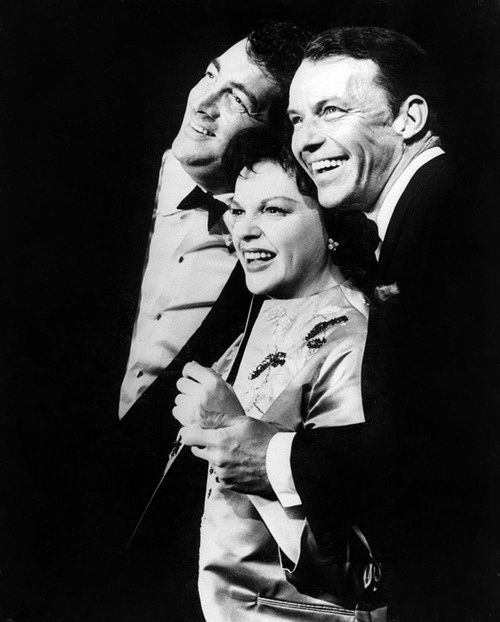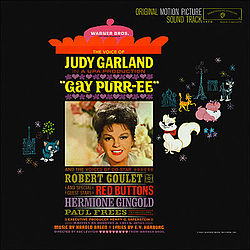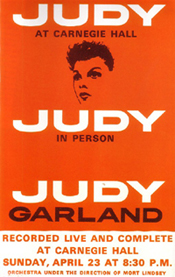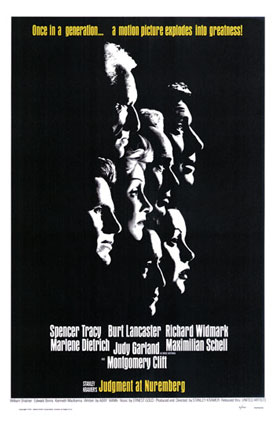Judy by the Numbers: "Snowflakes"
 Wednesday, September 7, 2016 at 8:39AM
Wednesday, September 7, 2016 at 8:39AM What on odd year is 1963 in the history of Judy Garland. 1964 marks the last year of Judy Garland's film career, and the boom of Judy's television career. The first of Judy's final two movies reunited Judy Garland with producer Stanley Kramer and actor Burt Lancaster, with whom she'd worked only two years before in Judgment at Nuremburg. By the early 1960s, Kramer was establishing himself as the prestige producer of hard-hitting social issue cinema. A Child Is Waiting, about an institution for developmentally challenged children, was no different.
The Movie: A Child is Waiting (Universal, 1963)
The Songwriter: Marjorie D. Kurtz
The Players: Judy Garland, Burt Lancaster, Gena Rowlands, directed by John Cassavetes
The Story: While the majority of Judy Garland's career was dominated by Technicolor musical extravaganzas, the last few films of her career do signal an attempt at darker, "more serious" work. Surrounded by Method artists like Rowlands, Cassavetes, and (to some degree) Lancaster, Judy clearly embraced a more fluid, less "Studio" form of acting. Her improvisation with the students shows this transition. This scene, not a "musical number" in the conventional sense, sees Judy attempting to teach a song to her students through many tactics - banging on the piano, half-quiet mumbling, sing-shouting, etc - while playing a range of tensions in the scene, from timidity to irritation to joy when they start to get it right. It is a subtle musical performance.
Most of the drama in A Child Is Waiting happened behind the scenes between Kramer and Cassavetes, but ultimately no battles or cute children could save the film. It lost $2 million among mixed reviews, a frustrating end to an artistic leap on Judy's part.







